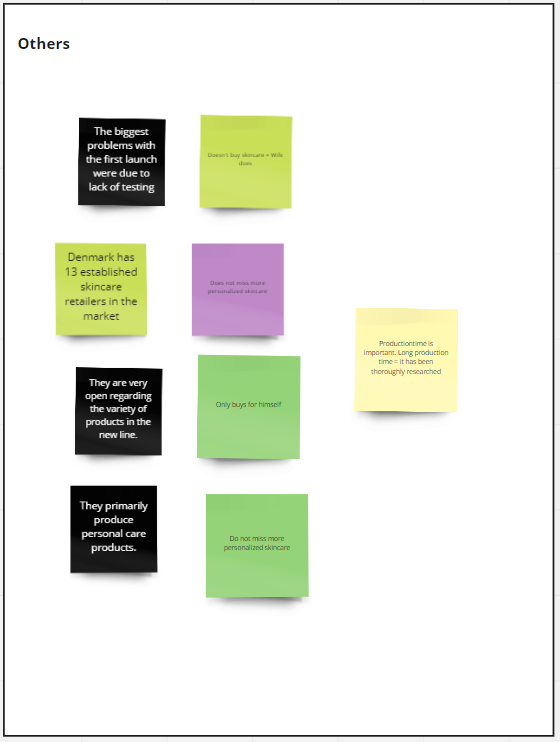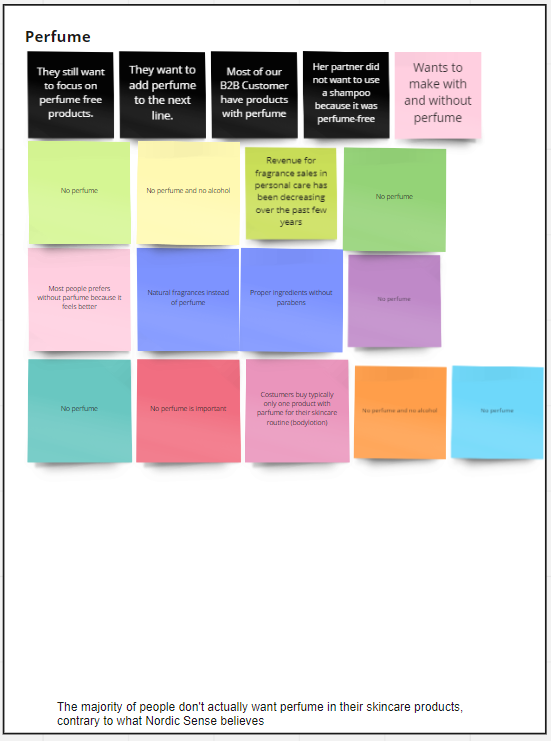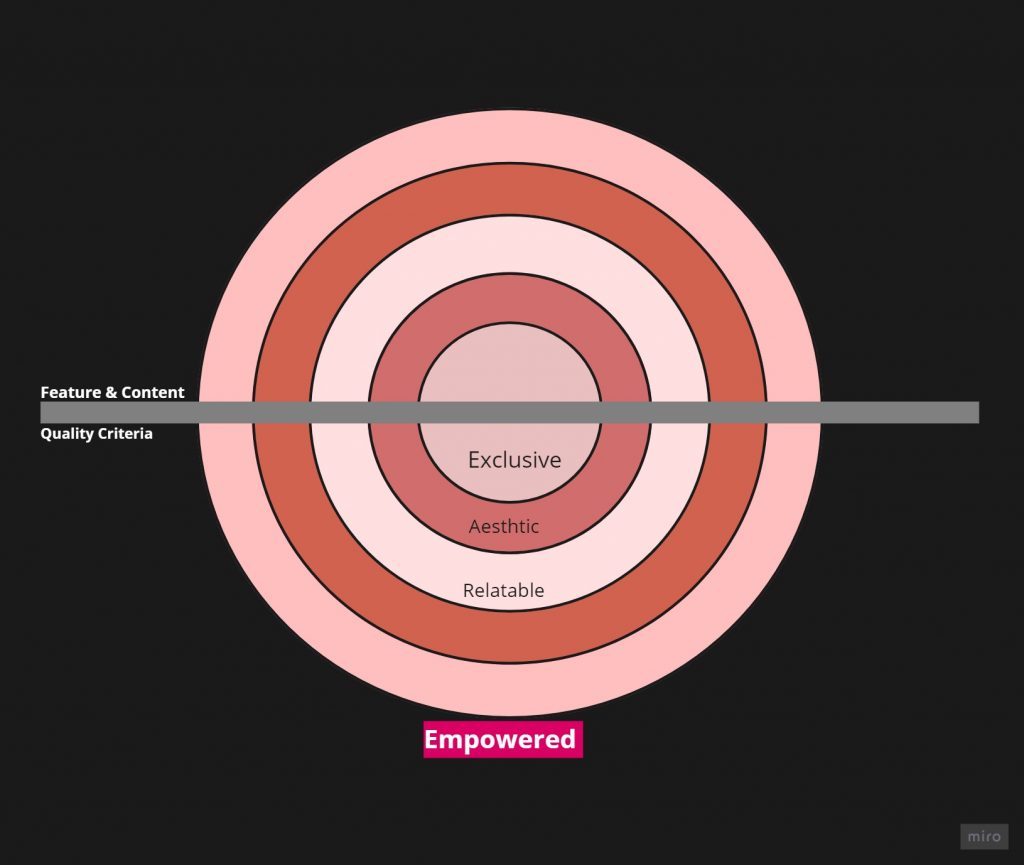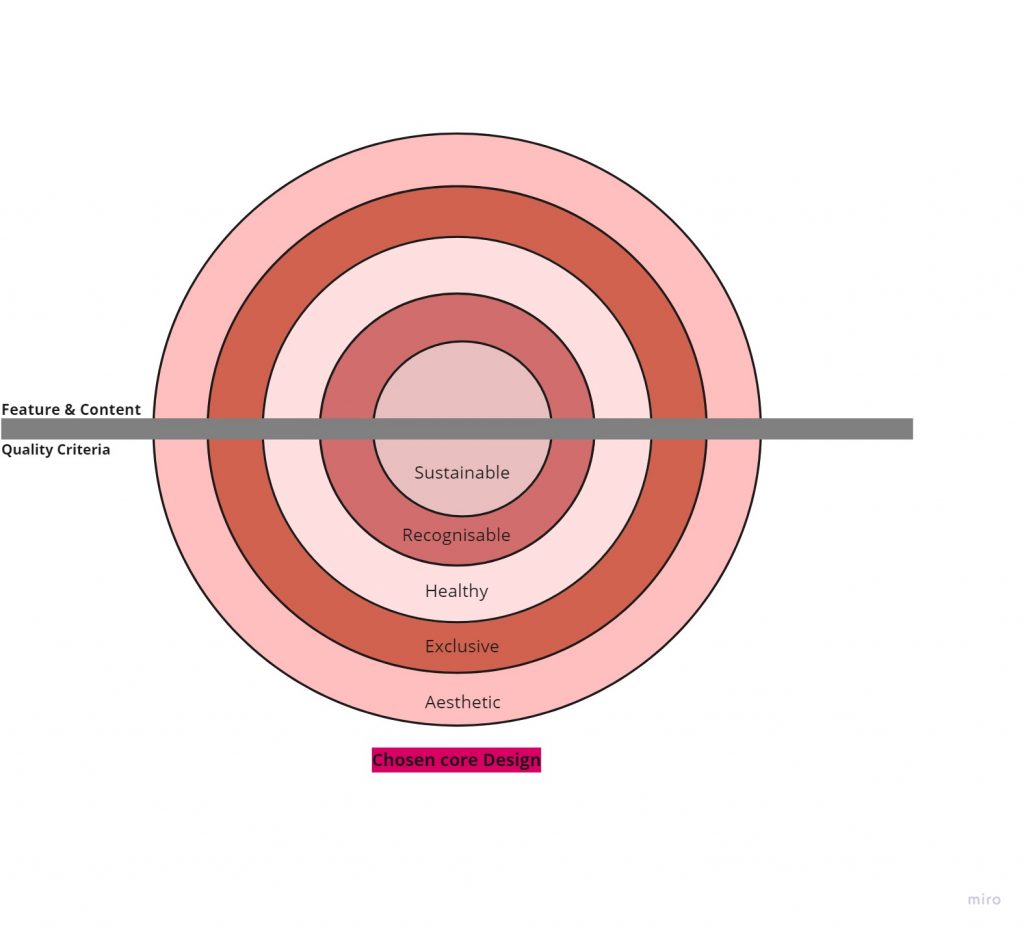Field Work
To follow up the field work done at Nordic sense, we chose to conduct interviews with end users. These were conducted at selected stores selling skin and hair care products in Aalborg such as Matas, TINC and Magasin. We made questions regarding sustainability, the product itself and the appearance of the product. Our questions were designed to complement the data collected during our visit to Nordic Sense and discover insights into consumer behaviour.
After having done the field work, we transcribed all of our data, and coded these into concise utterances. These were colour-coded based on who originally uttered the discourse, as can be seen in this picture:
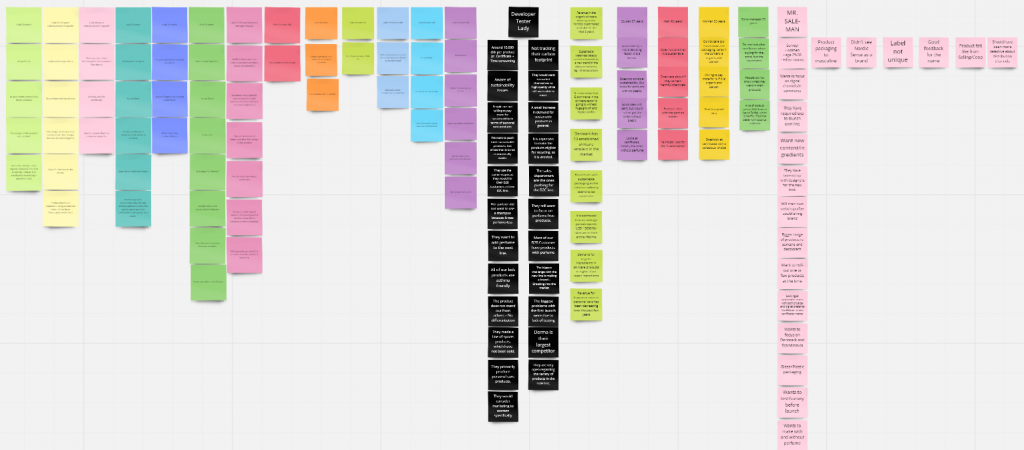
Meanwhile desk research was also conducted in order to elicit the current trends in the skincare industry. These trends were used to support the data coded from the interviews.
Then we put the coded utterances into categories based on theme. The themes which best encompassed our data were: Design, Perfume, Certificate, Sustainability, Ingredients, Cost, Brand loyalty, target group and others. The themes were further analysed to find out patterns from each group. The patterns can be seen at the bottom of theme group. The codes categorised by themes can be seen in the following pictures:
The process was done in an online program called Miro. The Affinity diagram can be seen in full on this link.
https://miro.com/app/board/o9J_lluH0wU=/?invite_link_id=932128155997
Core design
To establish a core design, we attempted to condense our insights from the Affinity diagram into potential qualities of our design.
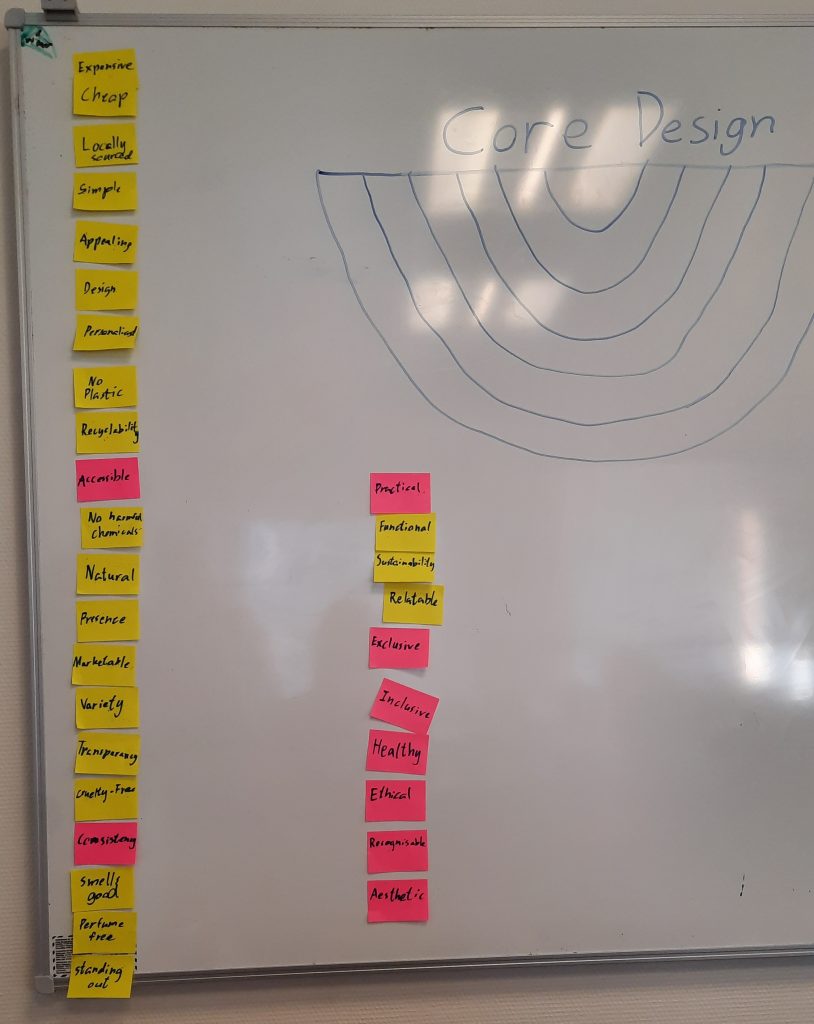
These qualities are what we decided were the most desirable attributes of a design of skin & hair care products. We ended up settling on 10 qualities, which were: Healthy, Functional, Practical, Sustainable, Relatable, Exclusive, Inclusive, Ethical, Recognisable and Aesthetic. Afterwards we arranged qualities in various patterns, to come up with different innovation tracks.
After meeting with our case partner, we decided on a specific Innovation track to use in our idea generation process. The chosen track was a mixture of the “Responsible” and “High-end Awareness” tracks which has a combination of the core qualities from both. This can be seen here:
https://miro.com/app/board/o9J_ll8njnk=/?invite_link_id=680315932870
HMW Question & Ideation Framework
Now we had to figure out what we were actually trying to achieve with our design. With departure in our final innovation track, we went on to asking ourselves the question: “How might we…?”. Each of us made three “How might we?” questions in which we asked how we could provide value for the end user and our case partner with a design.
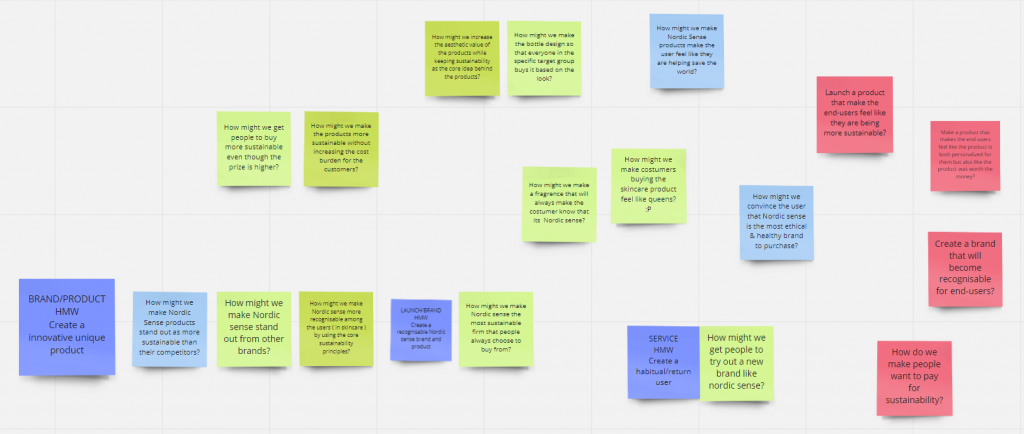
We then discussed these questions in order to find one question which could help guide our design. We settled on the question: “How might we use Nordic Sense to sell Sustainability”. After this we came up with 8 potential solutions to this question, as can be seen in the following picture:
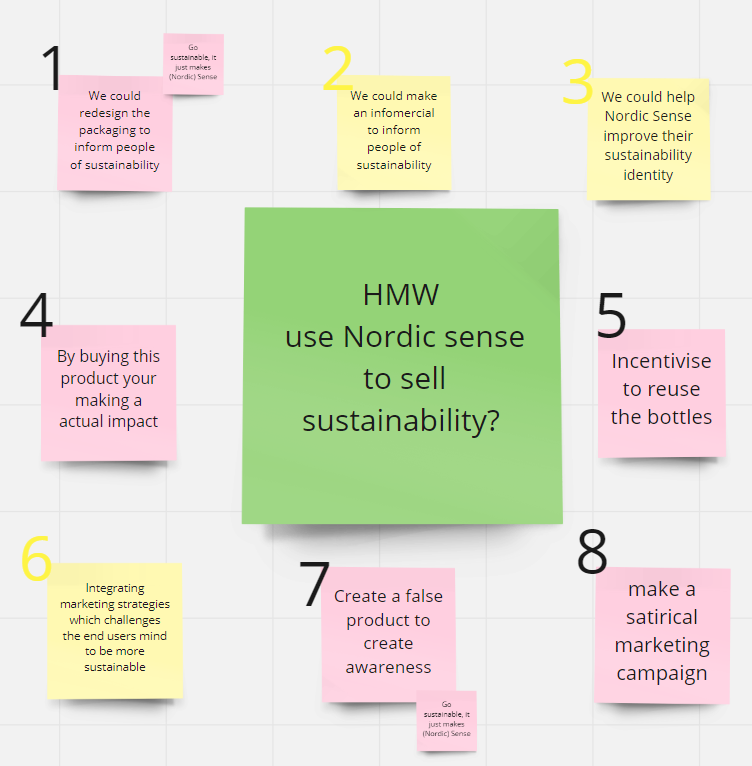
We then chose the five best solutions (marked with light pink) which we explored further in terms of more specific concept ideas.
Of these we then finally picked the three best concepts for design which can be seen here:
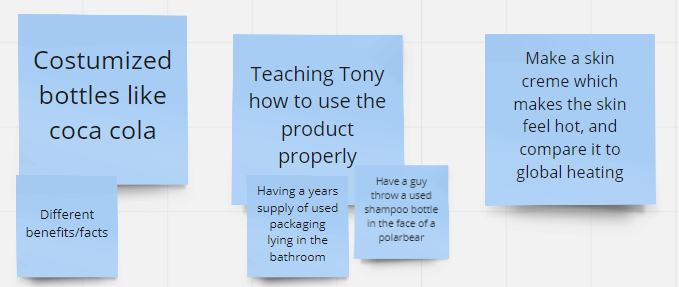
Sketch Videos
Video 1 – The first video is based on the idea of how the bottle from Nordic Sense was recycled. It is trying to highligt the importance of recycling, by seeing the damage it can have when it is not recycled.
Video 2 – The second video is based on people not wanting to pay more for a sustainable product, and the mission therefore becomes to convince people that buying sustainable products is worth it.
Video 3 –



